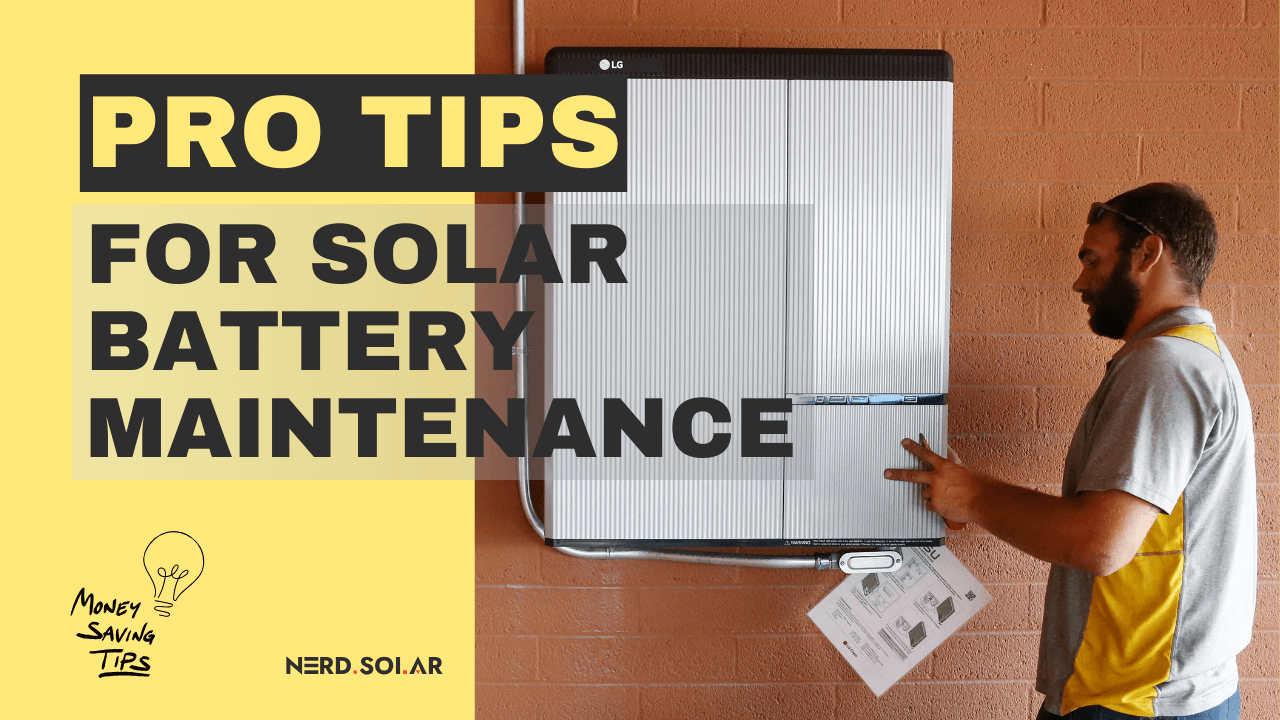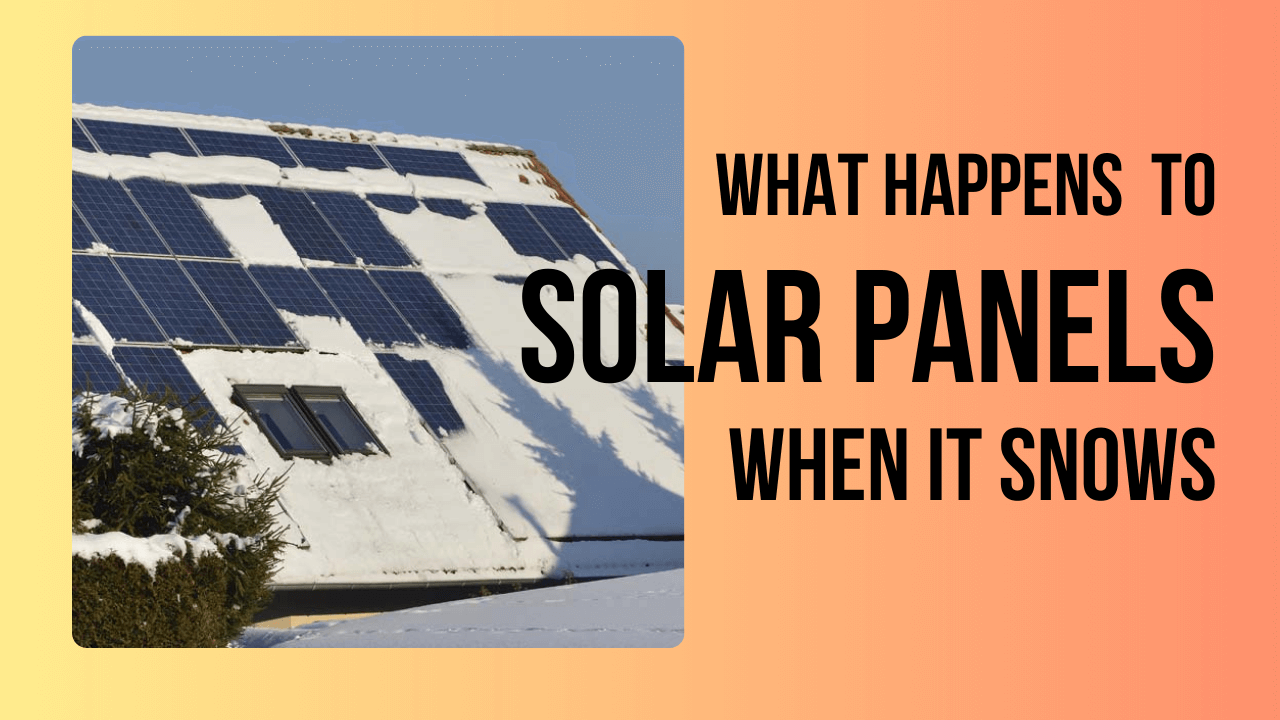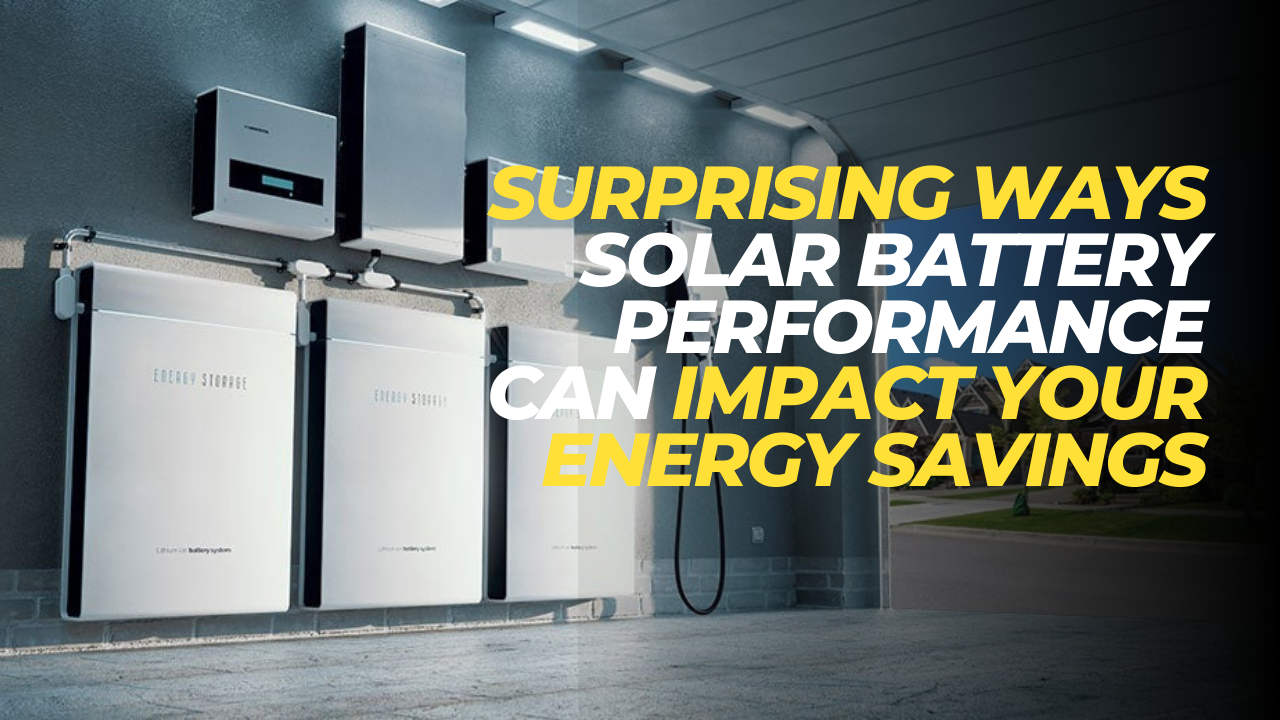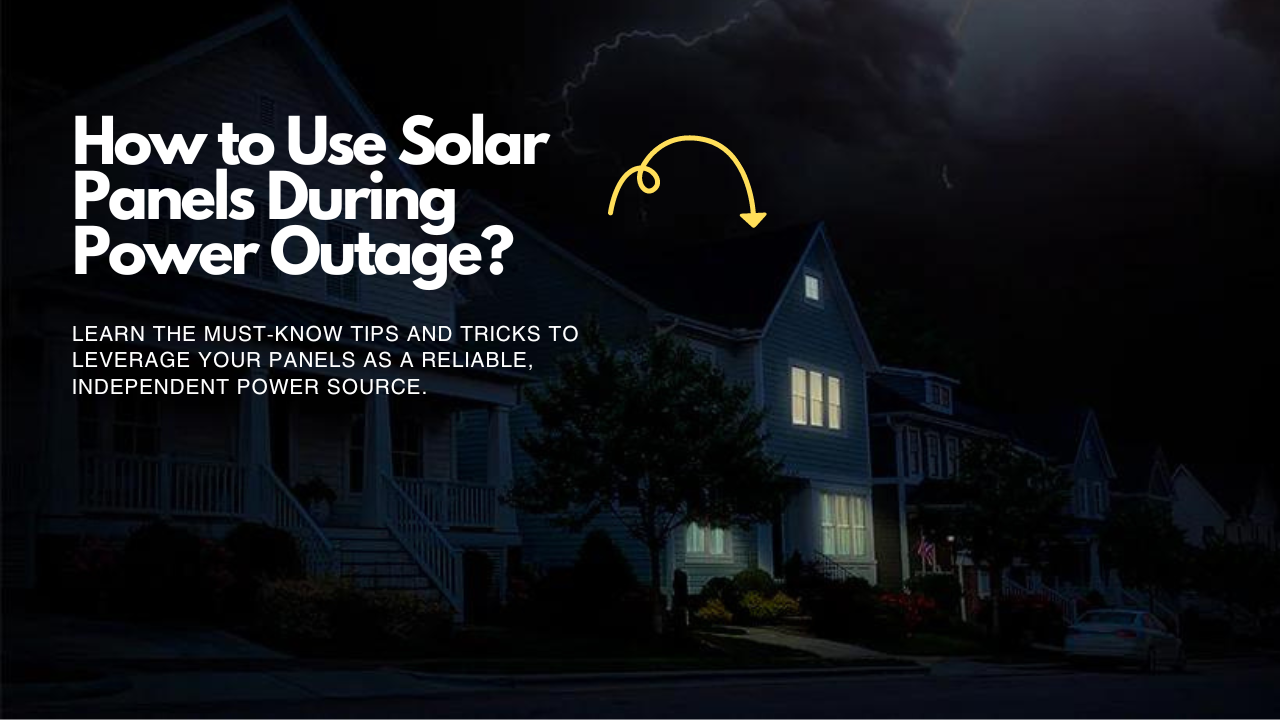The Solar Crossroads – Ground Mount vs. Roof Mount
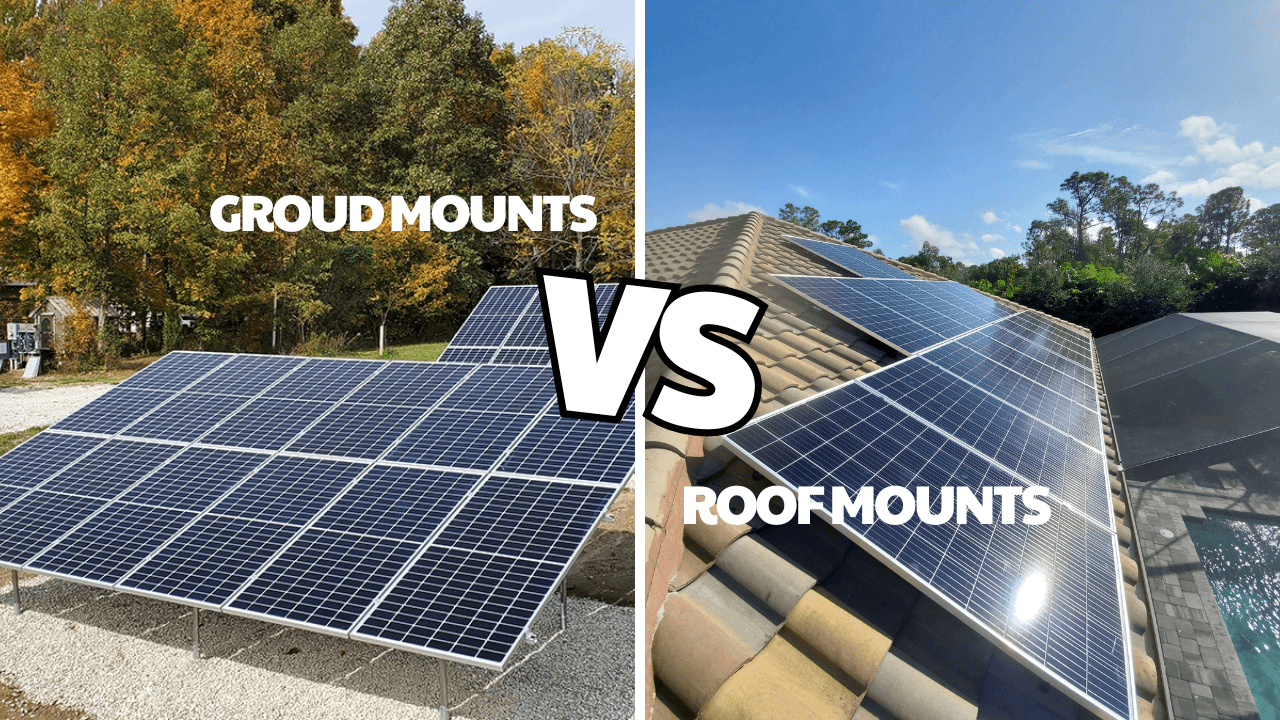
- Pros and Cons: Ground Mount vs. Roof Mount—The Solar Smackdown
- Personal Story: The Great Solar Showdown
- So, What’s the Scoop? Ground Mount or Roof Mount?
- Cost Comparison: Ground Mount vs. Roof Mount Solar Systems
- Installation Process Overview
- Can You DIY Install Ground-Mounted Solar Panels?
- How to Choose the Best Ground-Mounted Solar Panels
- Final Take
- FAQs
So you’ve probably made up your mind to go solar, understanding how this will help you save on utility bills, don’t rely on the grid that much, and maybe even sell extra energy through net metering.
But lo and behold, you hit a fork in the road—Ground Mount Avenue on one side and Roof Mount Lane on the other. Which path to take?
Key Takeaways:
- Ground-mounted solar energy systems offer a compelling alternative to traditional rooftop installations, catering to those seeking flexibility in placement and optimization.
- The significant advantage of ground-mounting lies in the ability to position your panels precisely for the best sun exposure, leading to potentially higher energy production.
- Be aware that ground-mounted installations typically come with a higher price tag compared to rooftop systems due to the need for additional mounting hardware and potentially more complex installation processes.
- For homeowners with ample property space and significant energy demands, investing in a ground-mounted system could provide long-term benefits, making it a worthwhile consideration.
If you’re feeling a bit like Alice in Solarland, trying to decide between a ground mount system that sprawls like a picnic blanket under the sun, and roof mount panels that sit atop your home like a crown, you’re not alone.
This guide is your trusty map, designed to navigate you through the solar selection saga with ease.
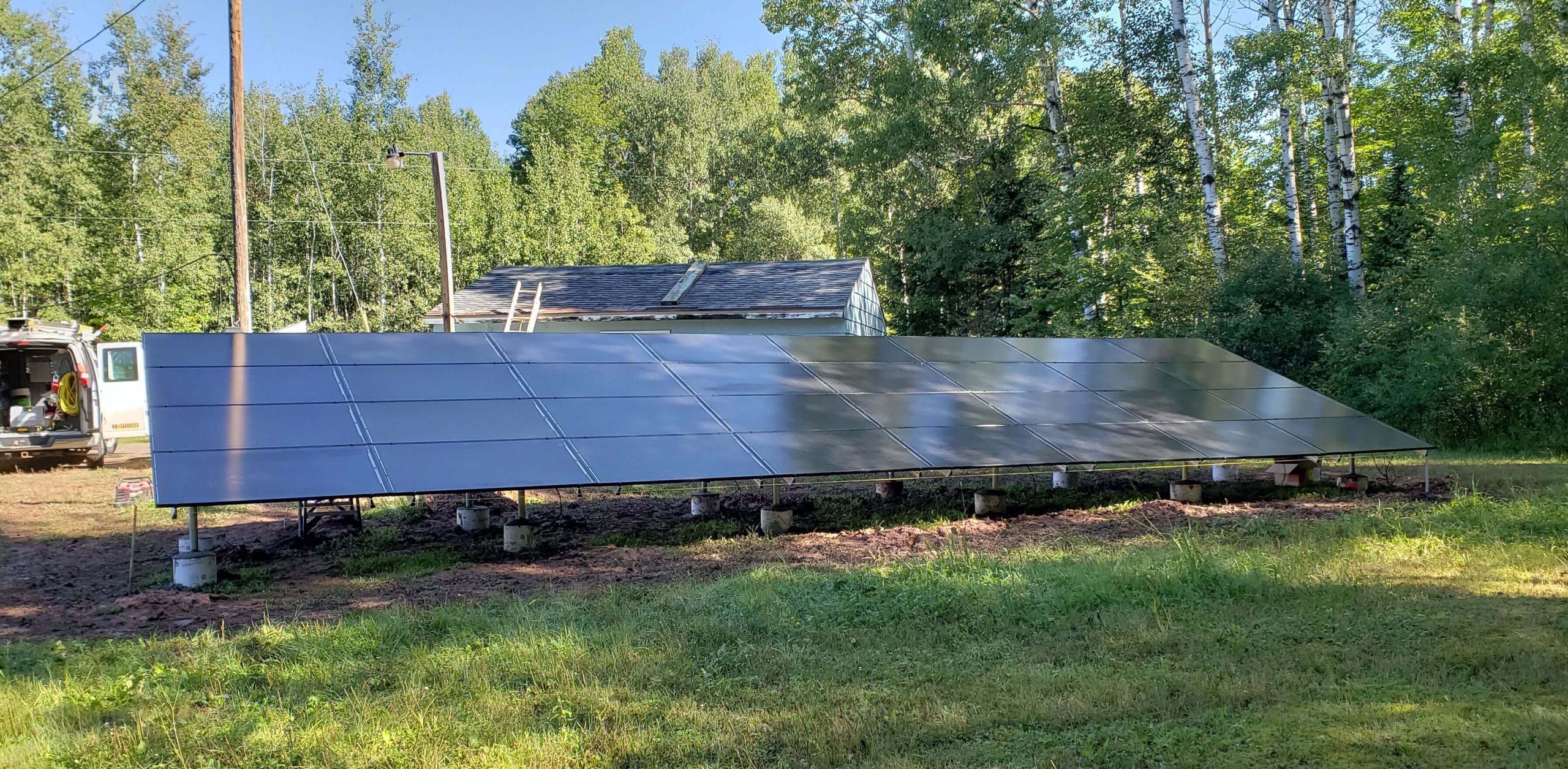
Whether you’re a seasoned solar explorer or just dipping your toes into renewable waters, picking the right installation can feel like choosing the right superhero power—each option has its unique strengths and potential challenges.
Let’s shed some light on the topic and help you make the best decision.
Pros and Cons: Ground Mount vs. Roof Mount—The Solar Smackdown
Ever been stuck choosing between two good options, like trying to pick between a chocolate and vanilla ice cream on a sweltering day? Both are tempting, right?
Well, deciding between ground mount and roof mount solar panels feels a bit like that, except with a lot more at stake than just your taste buds.
Ground Mount Solar Panels: The Earthbound Energy Embracers
Pros
- These guys can be angled just right to catch those golden rays, maximizing your solar harvest. It’s like having a sunflower in your yard that tracks the sunlight but in panel form.
- With ground mounts, your roof can take a breather. No drills, no holes, no fuss. Plus, you won’t have to worry about taking them down if you need to replace some shingles.
Cons
- Ground mounts need room to stretch out. If your yard is your personal oasis or if it’s not particularly spacious, you might find these panels cramping your style.
- Installing these can feel a bit like setting up an archaeological dig, complete with trenching and laying conduit. And let’s not forget the longer waiting period for permits and installation. It’s a patience game.
Roof Mount Solar Panels: The Sky-High Sun Catchers
Pros
- For those of us not blessed with sprawling estates, roof mounts are like the ultimate space-saving hack. They turn an unused area of your home into an energy-producing powerhouse.
- These panels blend into your home more smoothly than a ninja in the shadows. If aesthetics are your jam, roof mounts keep your yard looking neat and your panels out of the immediate line of sight.
Cons
- While it’s great to use that rooftop, getting up there for any maintenance or cleaning can be a hassle. Unless you’re part mountain goat, it might not be the most convenient setup.
- The Roof Is on… Wait! Before those panels go up, your roof’s got to be in tip-top shape. Weak spots or an aging roof could spell trouble, making this option a bit like planning a rooftop party during monsoon season.
Personal Story: The Great Solar Showdown
I have a buddy named Dave, from Illinois. Well, Dave was all set on roof mounts—thought they were the bee’s knees.
But after a chat and a stroll through his expansive, sun-kissed backyard, he had his “aha!” moment. Ground mounts were his solar soulmate.
He’s now the proud owner of a solar garden that not only powers his home but also gives him the perfect excuse to landscape creatively around it.
On the flip side, I worked with Sarah from Texas.
Living in the city, with a backyard the size of a postage stamp, roof mounts were her only go.
She turned her roof into a green energy generator, and now her panels are the talk of the town (or at least her block).
So, What’s the Scoop? Ground Mount or Roof Mount?
Think of choosing between ground and roof mounts like deciding between a home garden and a balcony planter.
Both will get you those delicious tomatoes (or in this case, sweet, sweet solar energy), but the journey, care, and space requirements will differ.
Ground mounts are like sprawling vegetable gardens: They require space and a bit of landscape finessing but offer flexibility and ease of care.

Roof mounts are your balcony planters: Space-efficient, up and out of the way, making the most of what you’ve got, albeit with a bit more effort to water and tend.
Either way, you’re on your way to harvesting your very own solar energy, which is a win-win for you and the planet. So, hats off to you, future solar guru!
Cost Comparison: Ground Mount vs. Roof Mount Solar Systems
Choosing between ground-mount and roof-mount solar systems isn’t just a matter of space and aesthetics—it’s also a financial decision.
Understanding the cost implications, from initial setup to long-term maintenance, can significantly influence which option best aligns with your budget and solar energy goals.
Let’s break down the costs associated with each type, explore potential financial incentives, and analyze the long-term savings prospects.
Average Cost Range
Generally, ground-mount solar systems carry a higher upfront cost due to their more complex installation requirements, including ground preparation and possible landscaping changes.
On average, you might see prices range from 10% to 25% higher than roof-mounted systems.
The cost of ground-mounted solar panels can vary, but on average, they cost between $3.11 and $3.36 per watt. This translates to a total cost of about $18,660 to $53,800 before incentives1. However, after applying for the federal tax credit, the cost of a ground-mounted solar panel installation is typically around $37,6601.
These are average costs and the actual cost can vary based on various factors such as your location, the size of the system, and the specific equipment used. It’s always a good idea to get multiple quotes to ensure you’re getting the best price.
Roof mount solar installations, conversely, tend to be less expensive upfront as they leverage existing roof space and require fewer modifications.
Financial Incentives Impact
Both installation types are eligible for federal solar tax credits, which can reduce your initial investment cost by a significant percentage.
Additionally, some local governments and utility companies offer incentives specifically designed for solar installations that can further offset costs.
The key is to research and apply for these incentives early in your planning process.
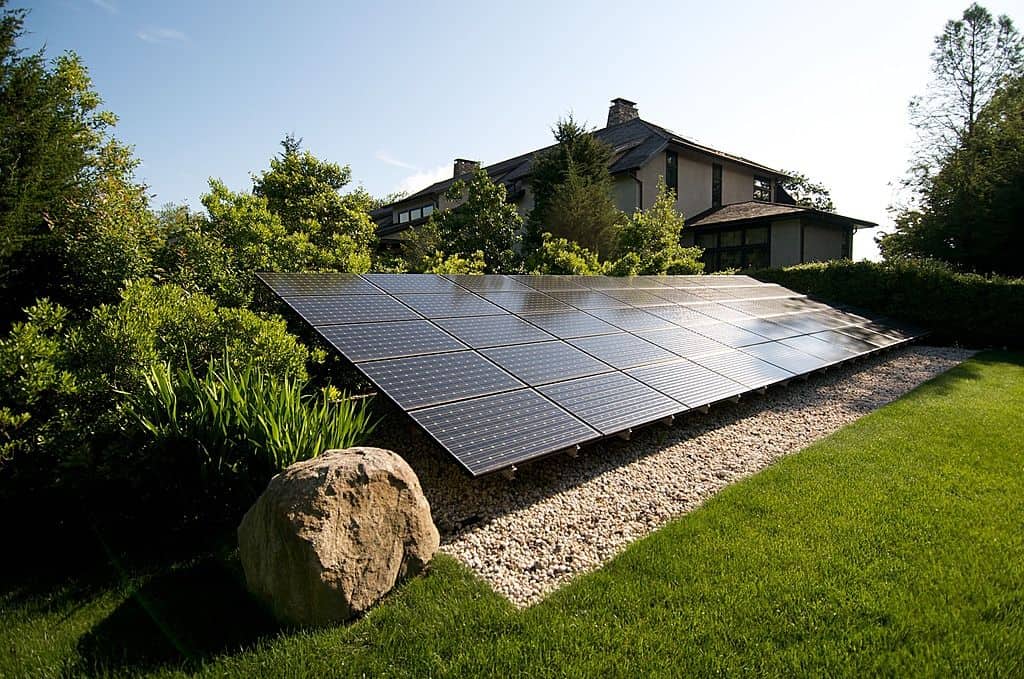
Long-term Savings Analysis
While ground mounts may be pricier initially, their ability to be perfectly angled towards the sun can result in higher efficiency and greater electricity generation over time, potentially offering better long-term savings.
Roof mounts, while typically cheaper at the outset, may produce slightly less power due to fixed positioning, unless your roof’s orientation and pitch nearly match optimal solar panel placement angles.s
Consider the story of two homeowners: Alex, who opted for a ground mount system, and Jordan, who chose roof mount panels. Alex’s initial setup, including ground preparation and installation, cost 20% more than Jordan’s roof mount system. However, thanks to the ground system’s optimal placement, Alex’s electricity bill savings began outpacing Jordan’s within a few years.
Both applied for and received federal tax credits, along with local utility rebates, which helped lower their upfront costs. Over a decade, Alex’s slightly higher initial investment yielded greater returns in savings compared to Jordan’s, although both were satisfied with their decisions based on their individual circumstances and priorities.
Installation Process Overview
Let’s take a closer look at what you can expect during the installation process for both options.
Ground Mount Solar Panel Installation Steps
- Site Selection and Preparation: First up, you need to pick the perfect spot for your panels. This involves making sure the area gets plenty of sunlight and is relatively flat. You might need to clear vegetation or level the ground a bit.
- Permitting: Before any digging begins, you’ll need to get the right permits from your local government. This can take a bit of time, so patience is key.
- Foundation Installation: Ground mount systems need a solid foundation. This step involves digging holes and pouring concrete to hold your solar panel frames securely in place.
- Mounting the Frames: Once the foundation is set, the metal frames that hold the solar panels are installed.
- Panel and Wiring Installation: With the frames ready, the solar panels can be attached. Then, electricians will do the wiring, connecting your panels to the power system.
- Connection to the Grid: The final step is connecting your system to the electrical grid, following a thorough inspection by local authorities to ensure everything’s up to code.
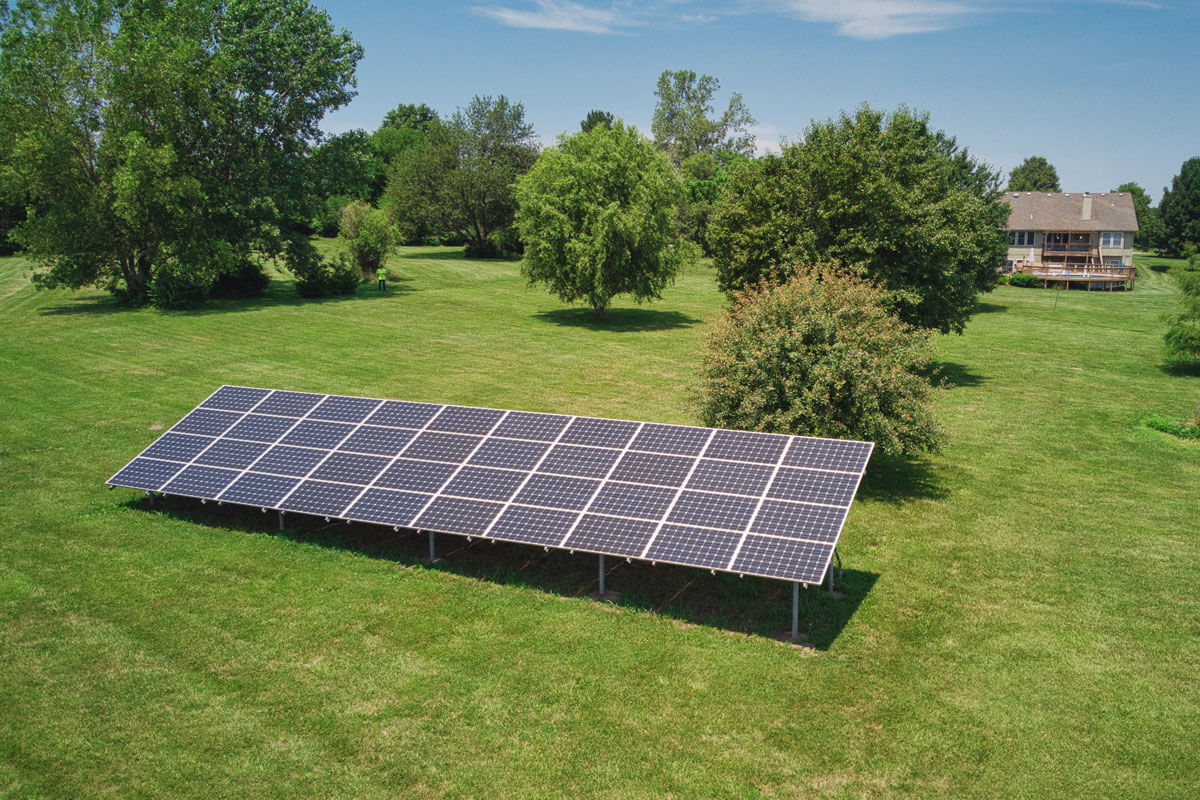
Roof Mount Solar Panel Installation Considerations
- Roof Evaluation: First, your roof’s condition and its ability to support the weight of solar panels need to be checked. A sturdy, relatively new roof is ideal.
- Permitting: Like ground mounts, you’ll need to sort out permits. Though the process can be similar, requirements might differ based on your rooftop and local regulations.
- Mounting System Installation: Installers will set up racking on your roof to support the panels. This needs to be done carefully to avoid any damage.
- Panel and Wiring Installation: Panels are then secured onto the racking, and electrical wiring is run to connect the panels to your home’s power supply.
- Grid Connection and Inspection: After installation, an inspector checks everything before your system is connected to the grid, marking the final step in the process.
Can You DIY Install Ground-Mounted Solar Panels?
Yes, you can install ground-mounted solar panels yourself. Here are the general steps you would follow:
- Select the best spot for your ground-mounted solar panels: Choose the sunniest spot (full sun), with no tree or building shading from 10 am to 3 pm. The spot should be facing south in the Northern Hemisphere or north in the Southern Hemisphere1.
- Design and build your ground structure: This will hold your solar panels. The design can vary based on your specific needs.
- Mount your solar panels on the ground structure: Ensure they are securely attached and positioned to get the most sunlight.
- Connect your solar panels to your inverter: This device converts the direct current (DC) electricity produced by your solar panels into alternating current (AC) electricity that can be used in your home.
- Maintain your ground-mounted solar panels: Solar panels are extremely robust, but regular cleaning and checks will help ensure they continue to operate efficiently.
While it’s possible to install solar panels yourself, it’s a complex process that involves electrical work, so it’s important to do thorough research and consider seeking professional advice.
Here’s how the DIY ground mount solar installation looks like:
Here’s another video of a complete DIY solar installation:
How to Choose the Best Ground-Mounted Solar Panels
Going for ground mounted panels, are we? Excellent choice, especially if you’re the type to enjoy your garden without the constant reminder of technology overhead.
But here’s the thing: not all ground mounted solar panels are created equal. It’s a bit like choosing a pet. Sure, they all look cute, but you’ve got to consider which one matches your lifestyle, right?
Let’s simplify this process and ensure you pick the solar panels that’ll make you as happy as finding an extra fry at the bottom of the bag.
Look for Efficiency Heroes
Efficiency in solar panels is the name of the game. It’s what turns a good panel into a great one. Think of efficiency as the MPG (miles per gallon) for your car, but in this case, it’s how much power you get for each beam of sunlight.
The higher the efficiency, the less space you need to generate the same amount of power.
So, aiming for high efficiency is like opting for the sports car instead of the minivan – more power in a sleeker package.
Durability is Key
Ground mounted panels are the front-line warriors in your solar army, facing off against everything Mother Nature throws their way. Durability isn’t just a nice-to-have; it’s essential.
You want panels that can withstand hail, heavy snow, and the occasional soccer ball without flinching.
A solid warranty is your best friend here, offering peace of mind that your panels are built to last. It’s like having a knight’s shield protecting your investment.
Brands That Shine Brighter
Picking a brand can feel like navigating a crowded market, with everyone shouting about why they’re the best. Here are a couple that stand out from the crowd:
- Qcells: With high-quality solar panels and U.S. manufacturing, Qcells are one of the best in the business.
- Maxeon (formerly SunPower): Maxeon has the most efficient panels, but they’re expensive.
- REC Group: REC panels are known to deliver excellent performance.
- Trina Solar and Canadian Solar: These solar manufacturing giants sell highly-reliable panels at budget prices.
Final Take
As we wrap up our solar exploration, remember that choosing between ground-mount and roof-mount solar panels is more than just a technical decision; it’s a personal one.
It reflects your home’s character, your environmental commitment, and your vision for the future.
Whether you decide to go with the steadfast guardians of your garden or the sleek sentinels atop your roof, the most important thing is that you’re taking a significant step towards harnessing the power of the sun.
FAQs
Should you DIY or hire a solar company?
Installing solar panels yourself can save you money in the long run, but it requires a significant amount of work and time.
Professional installers ensure safe installation, compliance with regulations, and provide ongoing support.
They also have extensive knowledge about the best practices for installation and can help you maximize the efficiency of your system. While DIY installation is possible, hiring a professional is often recommended for its advantages.
Can you take advantage of solar incentives with ground-mounted solar panels?
Yes, you can still get energy incentives and utility credits with a ground-mounted solar panel system.
The government does not distinguish between solar panels that are installed on a roof or on the ground when offering utility credits and energy incentives.
Can you go off-grid with ground-mounted solar panels?
Technically, it is possible to go off-grid with solar PV, including ground-mounted solar panels.
However, this requires a significant investment in a solar panel system and a battery storage system to ensure a consistent power supply. It’s also important to consider local laws and regulations before deciding to go off-grid. Therefore, while it’s possible, it’s not always practical or cost-effective.
Nate is a solar expert with years of hands-on experience. He knows solar tech and sustainable energy inside out. His advice has helped many homeowners and businesses go green. Nate is passionate about eco-friendly living. That's why he's a big voice in the solar community.
Subscribe to newsletter
Stay on top of the latest guides and tips on solar.
